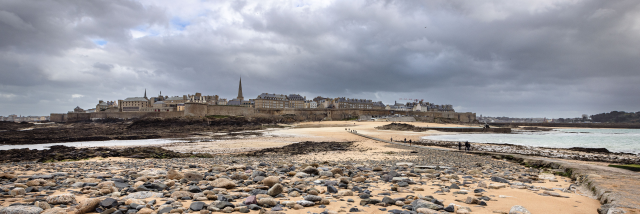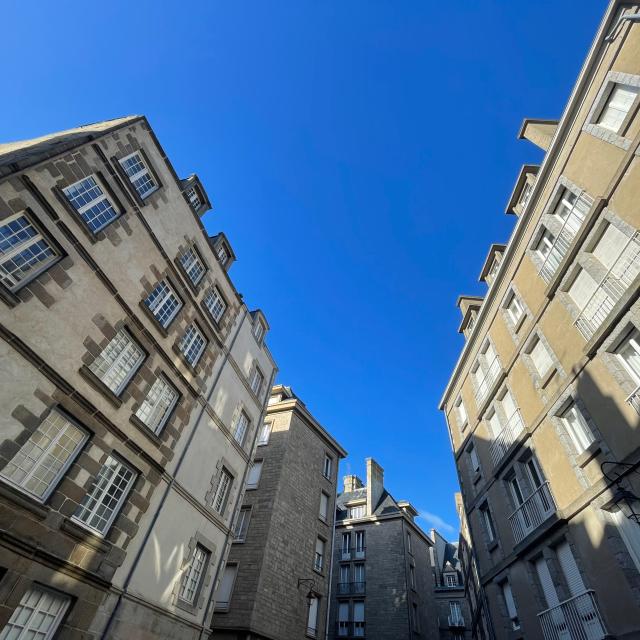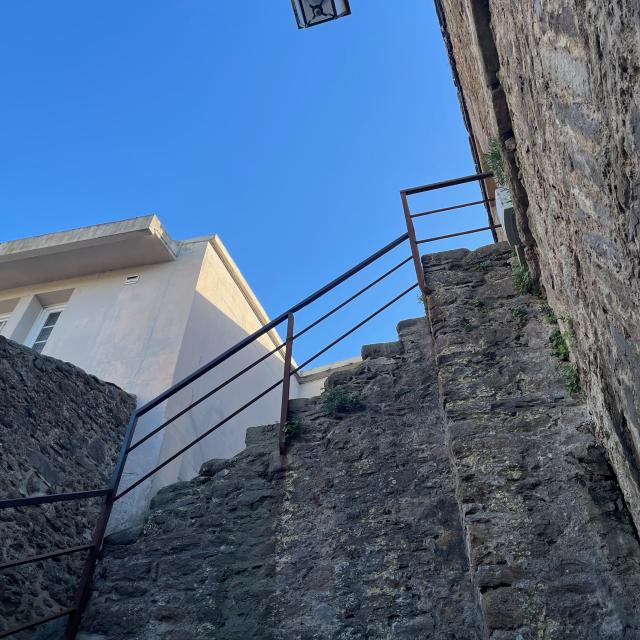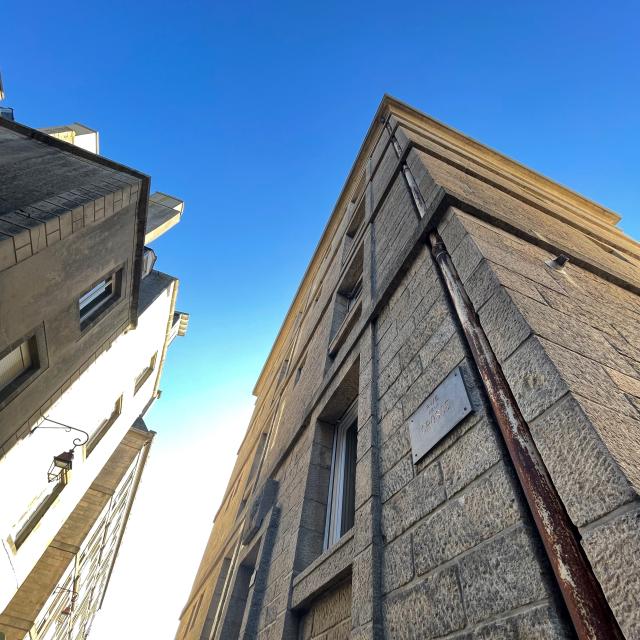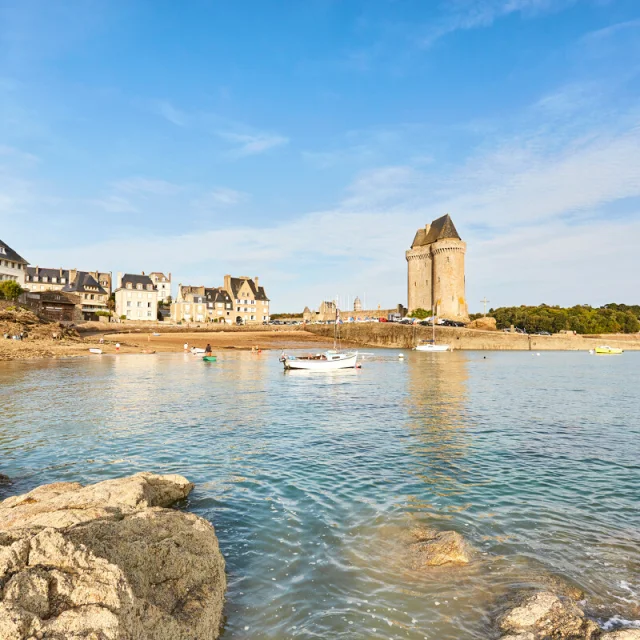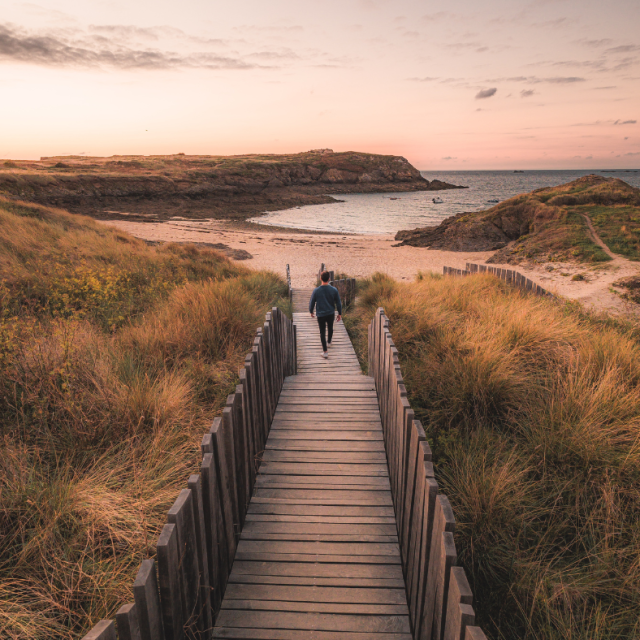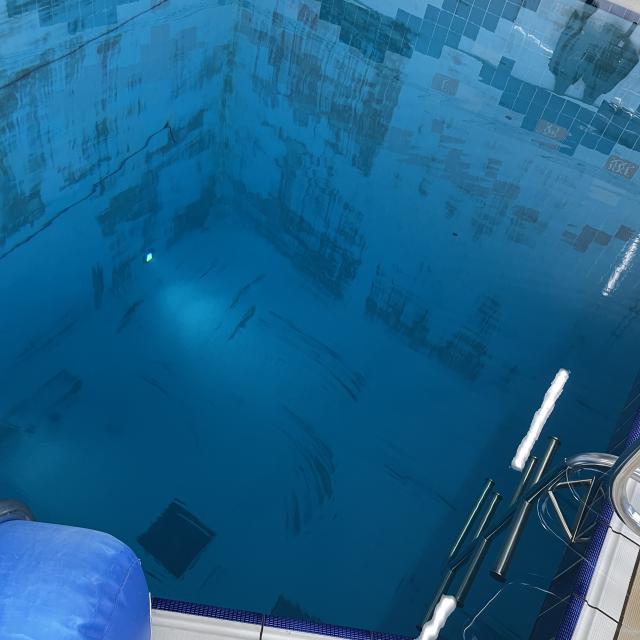Introduction
August 1944: Saint Malo at the time of the Second World War, the last German stronghold on the Breton coast before the arrival of the Allies. In the corsair town, we meet Marie-Laure, who left Paris during the exodus to take refuge with her great-uncle, and Werner, a member of the Wehrmacht, an orphan and an electromagnetic signals genius, the only survivor of his regiment. Two destinies, two different lives, yet they are about to meet.
